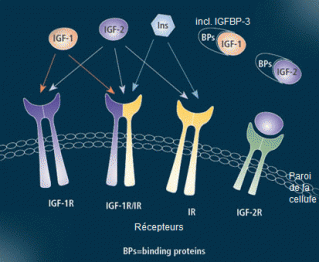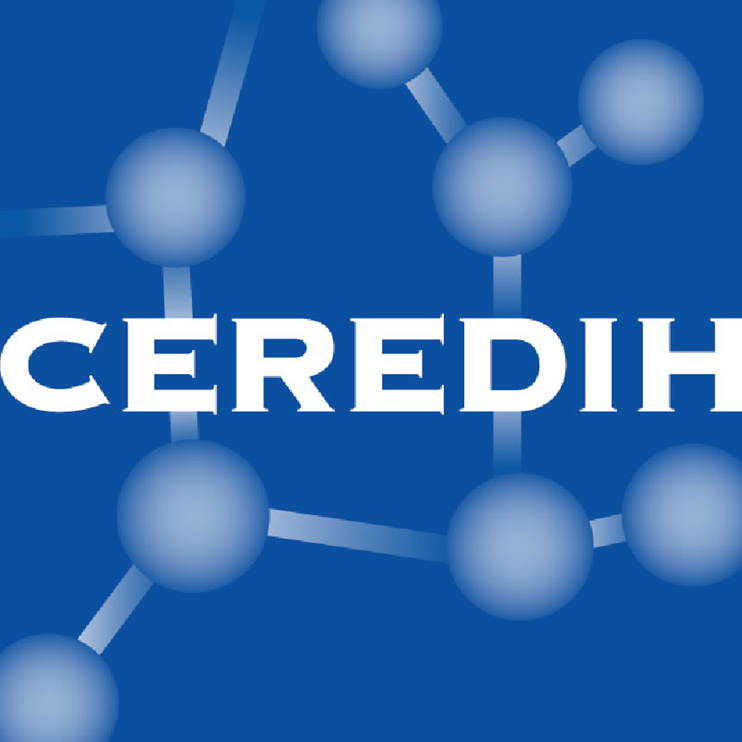As many symptoms of ataxia telangiectasia, diabetes does not affect all people with AT.
But the ATM protein could be involved in some type of diabetes.
Diabetes is a disease linked to excess glucose in the blood (hyperglycemia), secondary to a defect in insulin production, or an insensitivity to this hormone.
Normal glucose "management"
Mechanism in AT
- Without "fuel", cells operate at idle.S
- The other body's "fuel", fatty acids, will be used.
- The glucose accumulates in the blood. From 1.80 g / l, it is eliminated by the kidneys which, to dissolve and evacuate it in the urine, need a lot of water.
- Le pancréas s'épuise à fabriquer de l'insuline.
Consequences
- Signs of fatigue appear. Faintness are possible.
- The use of fatty acids leads to weight loss and to the production of acetone and acid waste. Cell function is even more disturbed. The risk of nausea, vomiting or even coma is real.
- The evacuation by the urine and the need for water that results creates a risk of dehydration and more important thirst needed to be assuaged : the patient is urinating more and though drinking more , is dehydrating.
- Hyperglycemia leads to a deterioration of the arteries which become clogged and, in the long term, to a risk of impairment of heart, legs, kidneys, eyes and nerves.
Precautions
If, as we shall see later, type 2 diabetes in children with AT has very different causes from that of overweight people, some of the following precautions are just common sense and apply to the general population. Many of tiredness, blackouts or even accidents of life are explained by negligence that may seem elementary:
- Have a well balanced diet, do not skip meals or snacks
- Knowing the measures to be taken during prolonged physical activity
- Avoid drinking alcohol without eating
- Ask your doctor or pharmacist about the risks of taking a new medicine, herbal medicine, dietary supplement and follow the prescribed treatments , their dosage, schedules ...

- Measure the blood glucose regularly
- Have permanently the glycemia meter in the vinvinity
- Inform the entourage on the risks of hypoglycemia, how to cope with it and teach them how to control the blood sugar level
- Wear a card mentioning his diabetes
- Always have at least three sugars and a snack available
Treatment
Most current treatments are for overweight or obese adults whose increasing number also explains the expansion of type 2 diabetes. The goal is to keep a not too big but sufficient blood sugar level. Besides the necessary precautions in terms of lifestyle, some of which are mentioned above, drugs exist whose role is to regulate the glycemia. These are:
- Biguanides which reduce production of glucose by the liver and the absorbance of glucose at the intestinal cells
- Sulfonamides which stimulate insulin secretion by the pancreas throughout the day
- Glinides that act the same way as sulfonamides by stimulating insulin secretion during meals
- Inhibitors of alpha glucosidase that delay the absorption of ingested carbohydrates and slows absorption of sugars in the food
New treatments that specifically target insulin receptors on the surface of cells are being developed. It seems they are more suited to the type of diabetes that may have the children with AT.
Link with ATM ?
 Insulin has many similarities with the main growth factor, IGF1,
Insulin has many similarities with the main growth factor, IGF1,  which seems to be deficient among some children with AT (see Growth):
which seems to be deficient among some children with AT (see Growth):- it is shown that IGF1 has the ability to pair with the insulin receptors on cells, this in a significant proportion. They even have common receptors.
- as insulin, IGF-1 stimulates the arrival of nutrients in the muscles.
- IGF1 has a very short lifespan in the body because it is filtered by the kidneys ... EXCEPT when it is "carried" by other proteins, thereby prolonging its action. The main one among these is IGFBP-3, also in deficit in AT. And guess who controls it? Insulin course! In other words, when the body has eaten, insulin "authorizes" the growth or the regeneration of the body by allowing IGF1 action on a long period of time.
All this does not explain why the insulin receptors on cells can not function properly in children with AT and cause diabetes. One can just see that insulin and IGF1, which has a similar malfunction for the growth part and the mechanism of which is now glimpsed, are very closely interrelated. They are also both involved in other processes of the body deficient in Ataxia Telangiectasia: aging, cancer and neuro-degeneration.
It appears that another protein, P53, directly connected with ATM in the cell cycle control (see ATM: DNA controller ), is also involved in this type of diabetes.
It has been shown as ATM has something to do with the regulation of insulin, which proves once again the extent of its functions and opens new perspectives for research.





